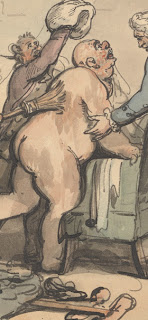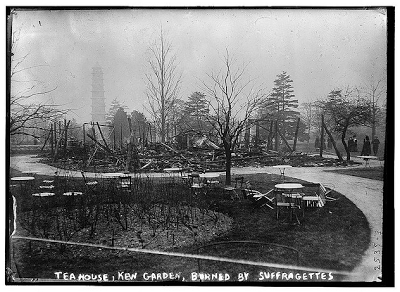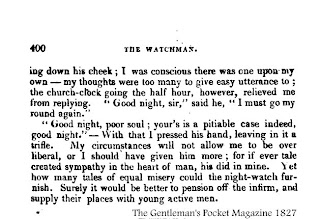 |
| Carriage Dress August1828 |
I frequently post prints as well as excerpts from ladies’ magazines of the early 19th century. A particular favorite, in terms of the print quality and variety of articles, is Ackermann’s Repository, a shortcut name for The Repository of Arts, Literature, Commerce, Manufactures, Fashions and Politics. Indeed, it covered all these topics, and offers intriguing glimpses into the minds of the people we authors try to bring to life in our stories.
Most delicious, however, for fashion-minded Nerdy History Persons, are the fashion plates. Several Ackermann’s fashion plates have inspired scenes in my books. This started back in the Dark Ages before Google Books, when my limited sources included a Dover publication, Ackermann's Costume Plates: Women's Fashions in England, 1818-1828.
The plates in the book are copyrighted, and proved the devil to find online. Recently, however, I happened upon a great collection of Ackermann's Repository at the Internet Archive, courtesy the Philadelphia Museum of Art. You can read the very first number here.
 |
| Promenade Dress May 1828 |
The two plates I’ve posted today inspired some of Jessica Trent’s dresses, which Lord Dain found so amusing, in Lord of Scoundrels.
Clicking on the captions under the illustrations will take you to the Internet Archive page. The descriptions are on nearby pages.
*My thanks to the Jane Austen Centre website for guiding me to the Ackermann story.


























 One of us --
One of us -- 


